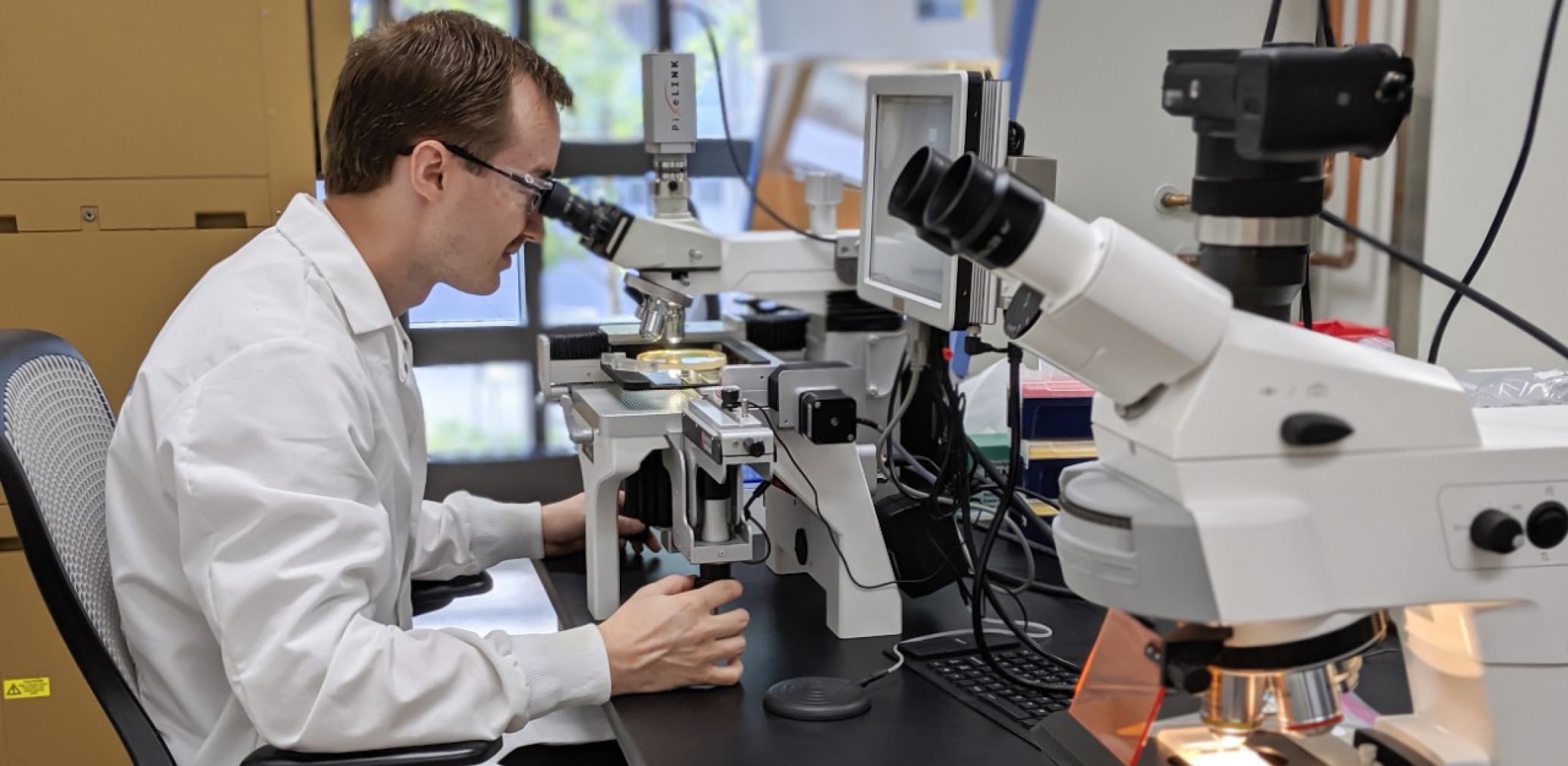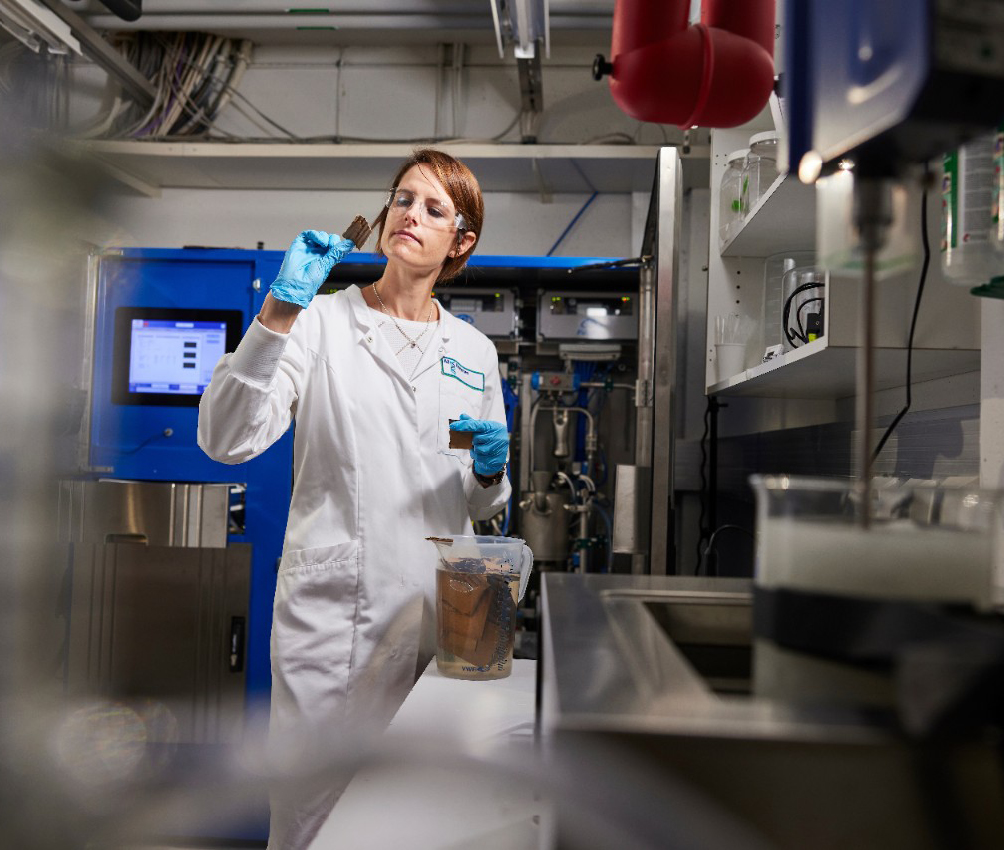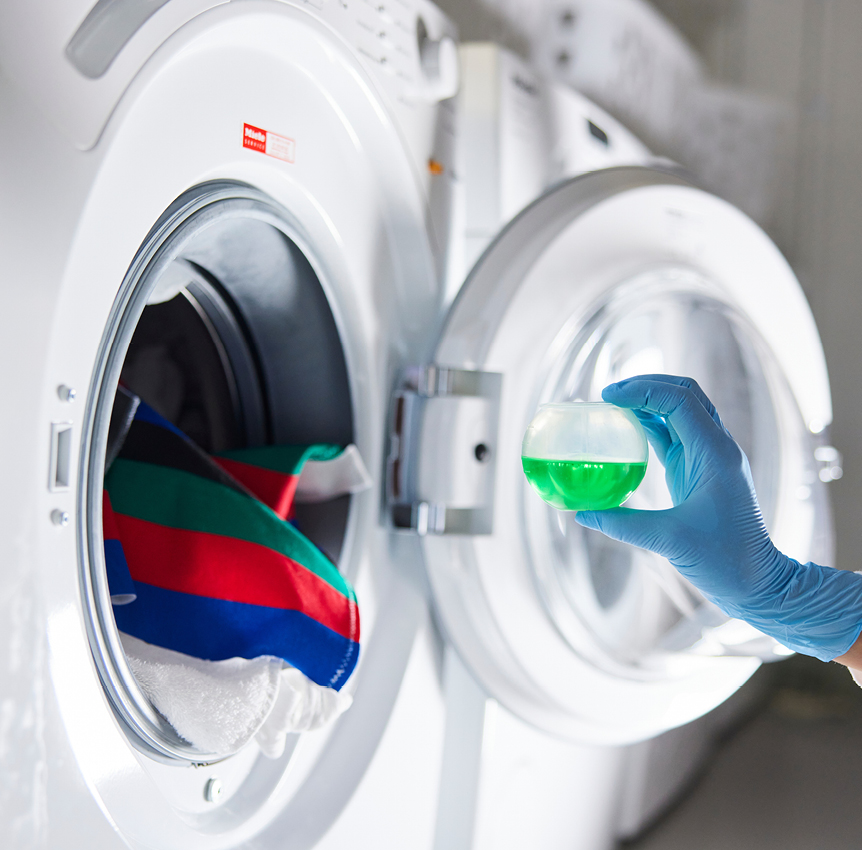About Us
Our Businesses
Investors
Responsibility
Media
Careers
AB Mauri and ABFI recognise that climate change poses risks to their operations and supply chains, while the transition to a low-carbon economy brings potential opportunities.
 The anaerobic digestion facility at AB Mauri's yeast plant in Hull, UK
The anaerobic digestion facility at AB Mauri's yeast plant in Hull, UK
AB Mauri and ABFI are looking to improve the efficiency and resilience of their operations by producing more, while using less energy and switching to renewable energy sources. They also seek to help customers reduce their GHG emissions.
In 2025, the Ingredients businesses consumed 1,238GWh of energy, a 7% increase compared to 2024, driven largely by higher production volumes. Scope 1 and 2 (market-based) GHG emissions increased by 5% compared with 2024, reflecting the energy demand associated with operational growth. Of the total energy consumed, 27% came from renewable energy sources including biogas, wood and on-site solar generation. Six sites within the Ingredients segment operate on-site solar installations, accounting for 13% of the total self-generated renewable energy across the ABF Group.
AB Mauri’s approach to GHG emissions is governed by its Environment Policy, which requires its businesses to identify opportunities to reduce GHG emissions and share best practice across the division. While AB Mauri does not have division-wide GHG targets, all its businesses are required to assess the carbon impact of major capital investments, specifically those affecting Scope 1 or 2 emissions, as part of the investment approval process.
To support this, AB Mauri has developed an internal tool to forecast GHG emissions through to 2030. It uses five-year capital plans to model the impact of initiatives on emission levels, changes in production volumes and shifts in electricity grid carbon intensity where data is available. Results are reviewed twice a year by the global leadership team, led by the Head of Environment and regional managing directors.
In 2025, AB Mauri used 1,048GWh of energy, a 2% increase compared to 2024. The increase is less than the increase in production, due to energy savings projects across its businesses. Renewable energy sources, including biogas, wood and on-site solar, accounted for 27% of the total energy consumed, an increase compared to 24% in the previous year. Scope 1 and 2 GHG emissions increased by 4% compared with 2024. This is largely due to increased production volumes.
AB Mauri focuses on reducing energy use and GHG emissions by investing in energy efficiency and increasing the use of renewable energy. Sites have access to a wealth of energy efficiency tools and a shared database of proven carbon reduction initiatives from across the division. A network of regional Energy Champions, with engineering and operational expertise, helps evaluate and implement the most impactful technologies.
Opportunities already identified to reduce both GHG emissions and costs have been successfully implemented at several sites, including on-site renewable energy generation, long-term power purchase agreements with renewable energy suppliers and a range of energy efficiency upgrades. These will be further expanded across the businesses.
During 2025, a number of AB Mauri sites purchased renewable energy from external suppliers, with manufacturing sites in Brazil, Colombia and Spain all using 100% renewable electricity. AB Mauri businesses in Mexico and India purchased approximately 87% and 56% renewable electricity respectively, as a percentage of their total electricity consumption during 2025. AB Mauri sites in Argentina now purchase 38% of their electricity directly from a renewable supplier. Five sites in Italy, Spain, the US and Mexico also have on-site solar installations. At six of AB Mauri’s yeast plants, biogas created from biological waste water treatment is turned into a source of heat and/or power for operations where feasible.
AB Mauri has undertaken a number of projects to decarbonise operations across its businesses and geographies. Its yeast plants are focused on energy efficiency, in particular advanced fermentation aeration technology, new highly efficient natural gas boilers, steam distribution optimisation and new heat recovery technologies. In 2025, its plant in Casteggio, Italy introduced a new heat recovery setup to pre-heat process air in one of its yeast driers by recovering heat from exhaust gases, reducing steam production needs and natural gas consumption. This initiative, part of a long-term strategy to improve energy efficiency, is expected to reduce GHG emissions by over 400tCO2e per year.
In addition, AB Mauri’s LaSalle plant in Canada has successfully completed an upgrade of a ventilation system for its dryers’ area. The new installation draws pre-heated air from within the dryer building to feed the dryers themselves. As a result, the plant has reduced its natural gas consumption, leading to a reduction in GHG emissions by 259tCO2e per year.
In 2025, AB Mauri has started work to map and calculate its Scope 3 emissions.
| 2021 | 2022 | 2023 | 2024 | 2025 | |
|---|---|---|---|---|---|
| Ingredients | 1486 | 1492 | 1336 | 1238 | 1327 |
| Percentage of total energy | 6% | 19% | 23% | 22% | 27% |
| 2021 | 2022 | 2023 | 2024 | 2025 | |
|---|---|---|---|---|---|
| Scope 1 | 175 | 173 | 151 | 135 | 142 |
| Scope 2 (market-based) | 192 | 185 | 107 | 74 | 79 |
ABFI’s approach to energy management, GHG emission reduction and renewable energy transition is guided by its Environmental Policy, which promotes energy efficiency and continual efforts to minimise environmental impacts.
In 2025, ABFI consumed 279GWh of total energy and reported 44kt Scope 1 and 2 market-based GHG emissions. Of the total energy used, 24% came from renewable sources, up from 11% in the previous year.
While there is no ABFI target for GHG emissions reduction, each business develops its own roadmap to reduce energy consumption and emissions, tailored to its operations, supply chain and local context. Its businesses are also promoting awareness and education with employees on decarbonisation. The transition to renewable energy is progressing across the division, with four sites operating entirely on renewable electricity.
At its Hamburg site in Germany, Ohly has transitioned from natural gas to renewable electricity and invested in new fermentation and spray drying facilities. These investments continue to improve efficiency in manufacturing processes through lowering thermal energy usage, reducing packaging use and water consumption. The site has also introduced electric vehicle and bicycle charging infrastructure to support low-carbon commuting.
AB Enzymes has implemented a heat recovery system at its Finland facility, capturing waste heat for use in heating and hot water. This initiative has reduced steam consumption by 9,500MWh and avoided approximately 380tCO₂e a year. The site also sources its electricity from wind power, supported by certified Renewable Energy Guarantees of Origin under the European Energy Certificate System.
In 2025, some of the businesses in ABFI have started work to map and calculate their Scope 3 emissions.
Some Ingredients businesses provide products and services that have the potential to assist others in reducing their carbon emissions, often referred to as carbon enablement. Carbon enablement is integral to these businesses’ customer proposition and a key focus for investment and innovation.
AB Enzymes, an industrial biotech business that specialises in the development of enzymes used in multiple industries for various applications, has enablement at the core of its purpose. Enzymes are biological catalysts that accelerate biochemical reactions, making them a very effective alternative to petrochemical-based products.
AB Enzymes has developed a number of innovative products such as ECOPULP® that enable emissions reductions in comparison to using traditional products, with no impact on product performance.
EDITOR NOTE:
This is the modal area for the above carousel. Please be careful when copying this to UAT or PROD. It would be best to include Cian in these movements. The carousel above has buttons which have ID tags which open the below containers. Be careful to maintain the ID tags.
AB Mauri is developing solutions which aim to to help its customers adapt to the challenges posed by climate change. A key example of this effort is the development of yeast strains for bioethanol production that can perform efficiently at higher temperatures. Fermentation typically takes place in temperatures between 30-34°C. Temperatures higher than this can cause heat stress to yeast cells, which reduces fermentation efficiency and impacts overall yield (i.e. the amount of bioethanol produced for a given quantity of input). As ambient summer temperatures rise with climate change, bioethanol producers require increasing amounts of energy to cool the fermentation process to ensure decent yields.
To address this issue, AB Mauri has launched a new product called Summit Olympus in Europe, India and other markets which operates at higher temperatures, reducing costs for cooling compared with traditional methods while maintaining optimal yields.

An AB Mauri colleague at the Global Strain Development Center in St. Louis, United States
The pulp and paper industry faces numerous challenges in resource usage and efficiency, as well as reducing emissions. Cellulase enzymes, including AB Enzymes’ ECOPULP®, are seen as part of the solution to these and many other challenges.
Cellulase enzymes are responsible for the degradation of cellulose structures, which are a major component of plant cell walls and thus wood pulp, the primary material in paper making. Cellulase enzymes impact paper and pulp milling in three key ways:
•fibre modification: cellulase enzymes can help modify the cellulose fibres in wood pulp, allowing for efficiency in the mechanical refining processes;
•reduced refining time: by breaking down cellulose fibres, cellulase enzymes may reduce the time needed for refining; and
•improved drainage: cellulase enzymes may improve the drainage of water from the pulp during the refining process, meaning less energy is needed for water removal and drying processes.
Findings show that the addition of AB Enzymes’ ECOPULP® cellulase enzymes to non-integrated paper mill production over a 72-hour period had immediate production benefits. This included a 20% reduction in the refining energy required, which equates to a potential emissions reduction of 15.6kg CO2e/kWh for one tonne of enzyme-treated pulp compared to untreated pulp in a paper refining process1.
1.AB Enzymes’ calculations focus on the potential emission savings from reduced energy consumption. Based on real-time experience, the business observed an average energy saving of 20% after using its enzyme in refining processes in a paper mill. AB Enzymes then looked into the country specific average CO2e emissions for a given year which depends on the energy mix of the country. Taking this number for the European market AB Enzymes could equate a potential carbon saving of 15.6kg CO2e /kWh for one tonne of enzyme-treated pulp compared to unrelated pulp in a paper refining process.

Lab colleague testing enzymes for pulp and paper at AB Enzymes, Finland
Enzymes are biological catalysts that accelerate biochemical reactions, making them a very effective alternative to petrochemical-based products. AB Enzymes has developed a number of innovative products that enable emissions reductions with no impact on product performance.
For example, BIOTOUCH® is a washing powder incorporating a specialist enzyme developed by the business, that allows the average washing temperature to be decreased by 13°C. This can potentially lower electricity consumption by about 260kWh or 120kg of CO2e per 1,000 washes1.
Another product, ECOSTONE®, reduces the water temperature needed for biopolishing cotton textiles, a process that cleans the surface and removes fluff, from 50°C to 30°C. This can result in energy savings of approximately 350kWh or 360kg of CO2e for every tonne of cotton processed, a significant reduction given the carbon intensive nature of textile processing2.
1.Calculations are based on the emissions saving from the reduced energy consumption when using an average detergent and washing machine type with 164 cycles per household in Central Europe. The use of the enzyme results in an average reduction of 13°C in washing temperature compared to when using an average detergent, which equates to a reduction of 258kWh electricity and 119kg avoided emissions per 1,000 washing cycles.
2.Calculations are based on the emissions savings from the reduced energy consumption in the South East Asia region, which is the largest cotton producing region. The use of the enzymes results in an average reduction of 20°C in water temperature, which equates to a reduction of 350kWh and 360 kg avoided emissions for every tonne of fabric processed compared to untreated biopolishing processes.

Testing of washing liquid made using enzymes that enable effective washing at cooler temperatures, Finland